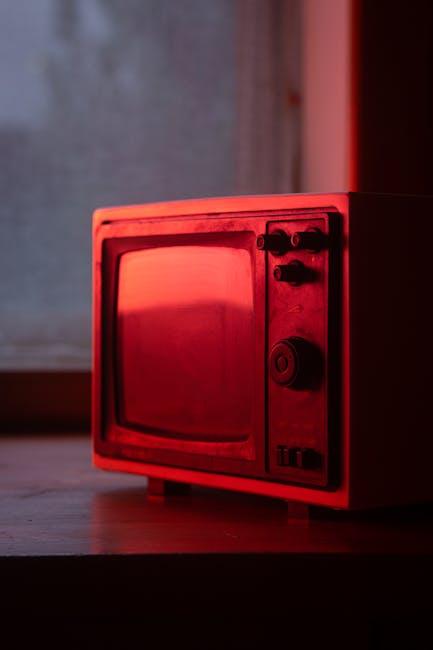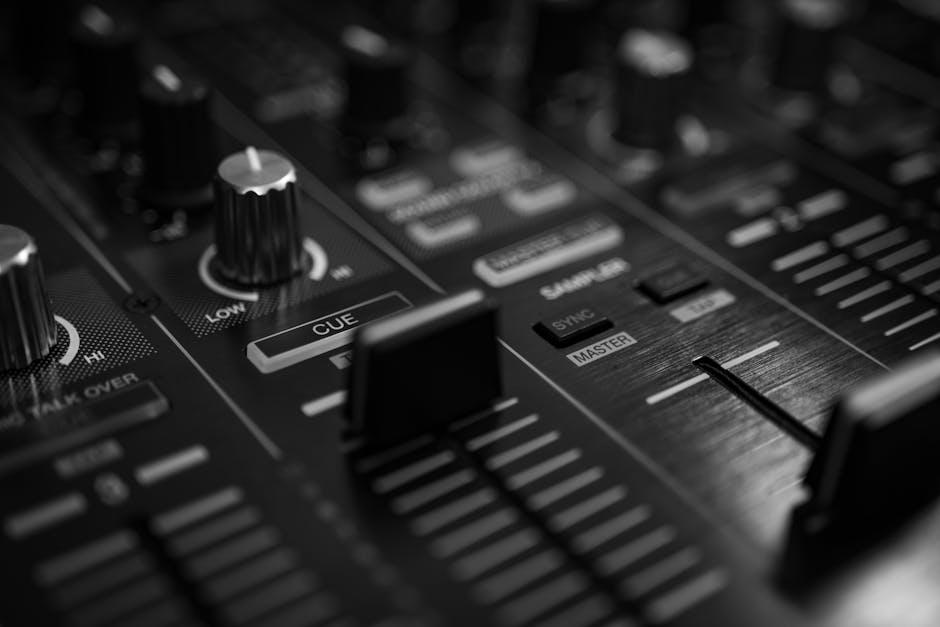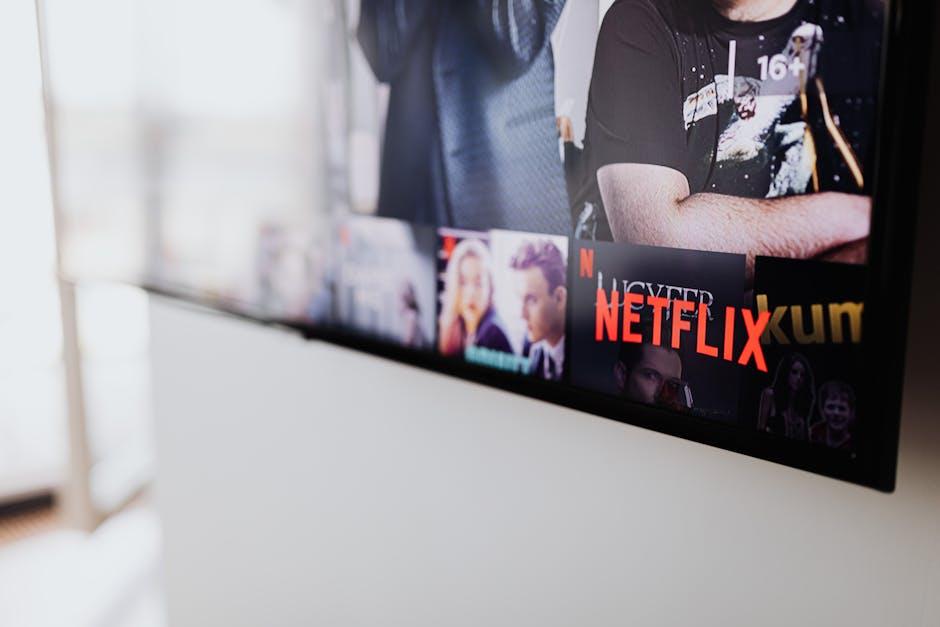In today’s digital age, smart TVs have revolutionized the way we consume entertainment, offering seamless access to a plethora of streaming services directly from our living rooms. However, as convenient as this technology may be, it is not without its occasional hiccups. Streaming issues such as buffering, poor picture quality, and connectivity problems can disrupt your viewing experience, leaving you frustrated and searching for solutions. This article aims to guide you through troubleshooting these common streaming issues on your smart TV, providing clear and practical steps to help restore your entertainment experience to its optimal state. Whether you’re a tech novice or a seasoned user, these strategies will equip you with the knowledge to tackle streaming problems efficiently and effectively.
Identifying Connection Problems and Solutions
Encountering connectivity issues while streaming can be frustrating, but understanding the root causes can help you resolve them swiftly. Begin by checking your Wi-Fi signal strength. A weak signal often results in buffering or reduced video quality. To improve the signal, consider repositioning your router closer to the TV or using a Wi-Fi extender.
Next, ensure that your smart TV’s software is up-to-date. Outdated software can lead to compatibility issues with streaming apps. Navigate to the settings menu and look for any available updates. Additionally, try the following troubleshooting steps:
- Restart your router and smart TV to reset the connection.
- Disconnect other devices using the network to free up bandwidth.
- Switch to a wired Ethernet connection for a more stable internet experience.
- Clear the cache of the streaming app to improve performance.
By addressing these potential problems, you can enhance your streaming experience and enjoy uninterrupted entertainment on your smart TV.

Optimizing Streaming App Performance
Enhancing the performance of streaming apps on smart TVs often begins with a few targeted adjustments. First, ensure your device is running the latest software version, as updates often contain crucial performance enhancements and bug fixes. Next, consider the following strategies to keep your streaming smooth and uninterrupted:
- Check Your Internet Connection: A stable and fast internet connection is paramount. Ensure your smart TV is connected to a reliable Wi-Fi network or, better yet, use an Ethernet cable for a more stable connection.
- Adjust Streaming Quality: If buffering persists, try lowering the streaming quality. This reduces the data load and can prevent interruptions.
- Clear Cache Regularly: Over time, cached data can accumulate, slowing down app performance. Clear the cache through the TV’s settings to maintain optimal speed.
- Close Unnecessary Apps: Running multiple apps simultaneously can strain the TV’s processor. Close any apps you’re not actively using.
By addressing these areas, users can often resolve common streaming issues without needing to delve into more complex technical solutions. Keep in mind that each TV brand may have different steps, so refer to your device’s manual for specific instructions.

Adjusting TV Settings for Better Streaming Quality
Enhancing your TV’s settings can significantly improve your streaming experience. Begin by adjusting the picture mode. Most smart TVs come with several pre-set modes such as Standard, Vivid, and Cinema. For streaming, Cinema or Movie mode is often ideal as it typically offers a warmer tone and better contrast suited for watching films and series. Additionally, ensure the sharpness setting is not too high, as this can introduce unwanted noise to the picture.
- Resolution: Make sure your TV is set to the highest resolution your streaming service supports, such as 1080p or 4K, for the best image quality.
- Refresh Rate: Adjust the refresh rate to match the content you are watching. A 60Hz setting is often sufficient for most streaming content.
- Sound Settings: While focusing on the picture, don’t forget the sound. Select Surround Sound or Movie mode to enhance audio clarity and depth.
Lastly, consider turning off any additional processing features like motion smoothing, which can make movies and shows appear unnatural. By fine-tuning these settings, you’ll be on your way to a more immersive and enjoyable streaming experience.

Resolving Audio and Video Synchronization Issues
Encountering a delay between audio and video can disrupt your streaming experience on smart TVs. To tackle this issue, begin by checking your TV’s audio settings. Most smart TVs offer options to adjust audio delay or sync. Experiment with these settings to find the optimal balance. If your TV is connected to an external sound system, ensure the audio settings on both the TV and the sound system are correctly configured.
Another potential solution is to update your TV’s firmware. Manufacturers frequently release updates that address synchronization problems. If these adjustments don’t resolve the issue, consider the following:
- Ensure all cables are securely connected and undamaged.
- Restart your streaming device or app to clear any temporary glitches.
- Check for app-specific settings that might impact sync.
- Try a different streaming service to see if the issue persists.
By systematically addressing these areas, you can often restore harmony between audio and video, ensuring a seamless viewing experience.







































